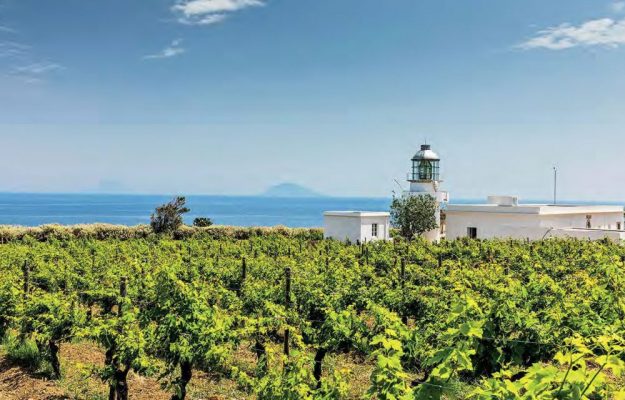Italy, with its 109,423 hectares of certified organic wine-growing area (according to Ismea data for 2019) has the highest ratio (17.8%) between organic vineyard area and total wine-growing area, which amounts to 614,960 hectares. Sicily, Apulia and Tuscany alone account for 55.8% of the national organic wine-growing area and 55.5% of the organic wine produced in Italy, but the absolute record is held by Sicily, which, with a production of 556,453 hectoliters and 29,669 hectares of organic vineyards (24.7% of production and 27.7% of the national area, respectively) ranks first among Italian organic wine-growing regions. But Italy is also the European country with more than 2 million hectares of certified organic UAA, on which 80,643 organic businesses operate. In addition, Italy ranks among the top three countries in Europe for largest area under vine, representing together with Spain and France, as much as 86 % of the European vineyards and 73% of the world’s organic vineyard area, which currently amounts to just under 7 million hectares, an increase of +114% compared to 2010, and with a trend that continues to grow. These are the numbers of organic viticulture, with which Italia Bio, the association that brings together organic producers in the Belpaese, led by Lillo Alaimo Di Loro, is launching “Biodivino”, the international exhibition of organic and biodynamic wines staged from June 23 to 26 at San Martino delle Scale in Monreale, Sicily.
The organic wine-growing sector has great potential, but there is still a long way to go to establish its presence in the markets and increasingly meet the favor of consumers. “First and foremost”, comments Alaimo Di Loro, “the game of quality, which must be pursued through the continuous search for innovations and new knowledge, in the direction of the low-entropy organic winery, with the ability to interpret the environmental factor; the adoption of low-impact systems the enhancement of indigenous yeasts for the characterization of territoriality and the principle of total quality and systems for measuring the ecological footprint; the creation of added value through the promotion of products on local and national markets also with the use of innovative systems for the Organized Short Chain and direct sales. Recall, in fact, that the world’s largest consumers of organic wines are Germany and France, while the destination of organic wine production sees France, Germany and the United States producing mainly for the domestic market, while Italy and Spain produce mainly for export. It is a sign that there is still a lot of work to be done on the drinking culture despite the millennial tradition of wine production, the unparalleled breadth of the ampelographic landscape, the exceptional “terroir” and the familiarity with the finest wine schools. The work to be done, in addition to improving quality through exchanges of winemaking knowledge and technology, is to foster the sharing of cultural values and solidarity of which wine is, by its very nature, an excellent ambassador”.
Copyright © 2000/2025
Contatti: info@winenews.it
Seguici anche su Twitter: @WineNewsIt
Seguici anche su Facebook: @winenewsit
Questo articolo è tratto dall'archivio di WineNews - Tutti i diritti riservati - Copyright © 2000/2025








































































































































































































